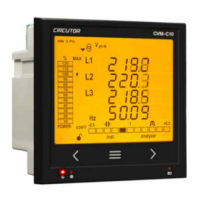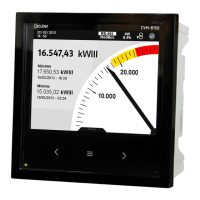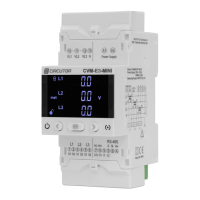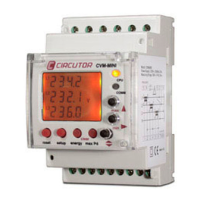Where:
Table 184: Parameter description (A�5)�
Parameter Description
forceVariables Main eld that will identify the XML as a request to force variables.
forceVar Information on each of the variables to be forced
forceName
Name of the variable in device.variable format. Only variables that
can be forced, for example digital output variables.
forceValue Value to which we wish to force the variable.
A.6.-/services/user/records.xml?begin=…?end=…?var=…?period=900
/services/user/records�xml?begin=…?end=…?var=…?period=900
Returns information on one or more variables between the dates “begin” and “end”. Each of the
variables that the information is required from should be included in the request as:
?var=device�variable
The format of ”begin” and ”end” will be DDMMYYYY when you wish only to indicate the date
(in this case the hour will 00:00:00) or DDMMYYYYHHMMSS when both the date and the hour
are specied. Both “begin” as “end” must be expressed in UTC (Universal Coordinated Time).
Finally, we may specify the period of data grouping using the “period” parameter. This value
may be:
FILE: data not grouped, returning the register as they have saved in the log.
AUTO: Grouping will take place automatically depending on the specied dates ”begin”
and ”end”
ALL: Data is grouped into a single value.
> 0 : Value in seconds in which the data is grouped.
If the “period” parameter does not appear on the request it shall be considered as value 0 and
the data will not be grouped.
<recordGroup>
<period> … </period>
<record>
<dateTime> … </dateTime>
<eld> … </eld>
<eldComplex> … </eldComplex>
<eldARM> … </eldARM>
<eldFO> … </eldFO>
<eldEVQ> … </eldEVQ>
…
</record>
…
</recordGroup>
Where:
371
Instruction Manual
CVM-A1000 - CVM-A1500

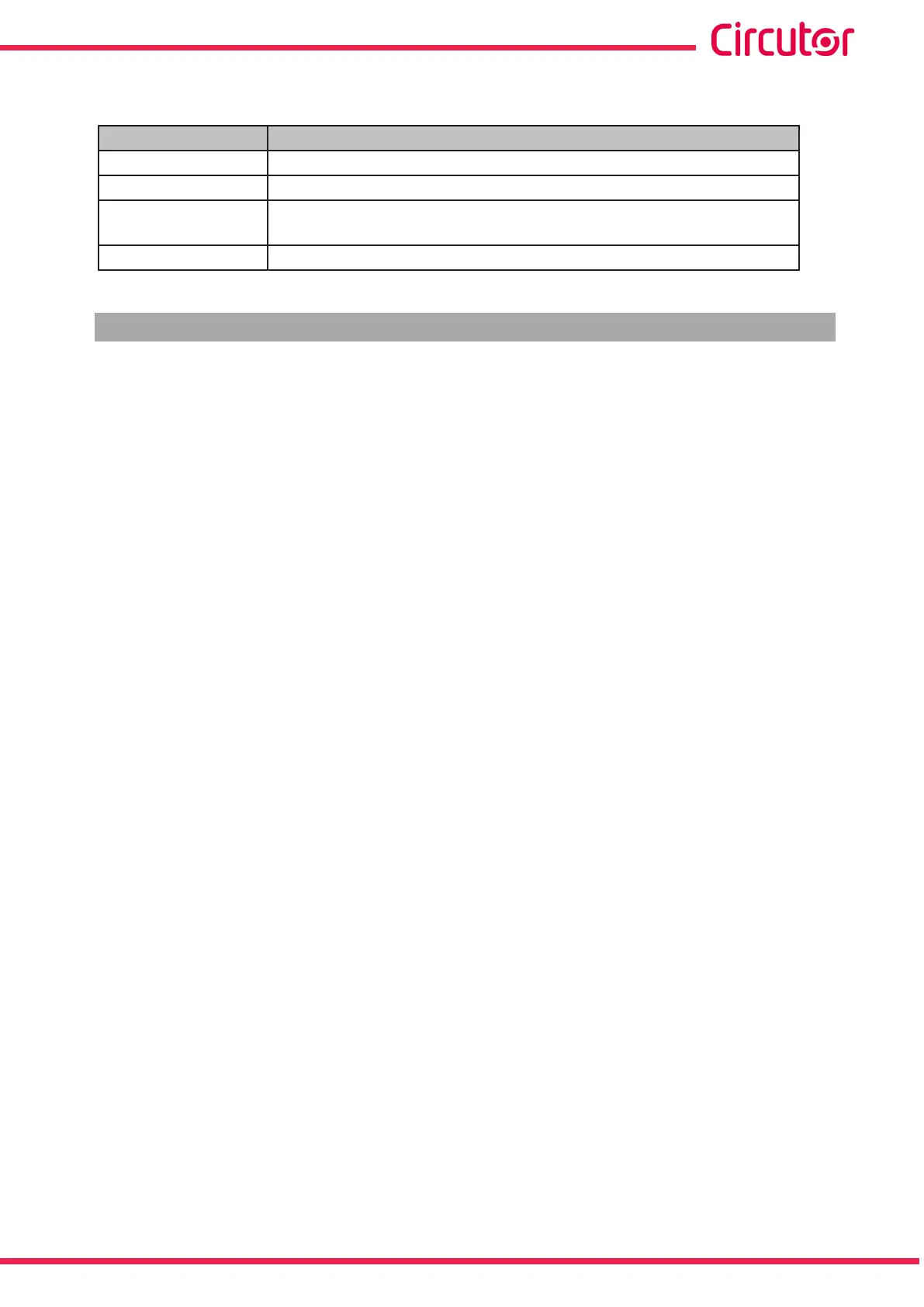